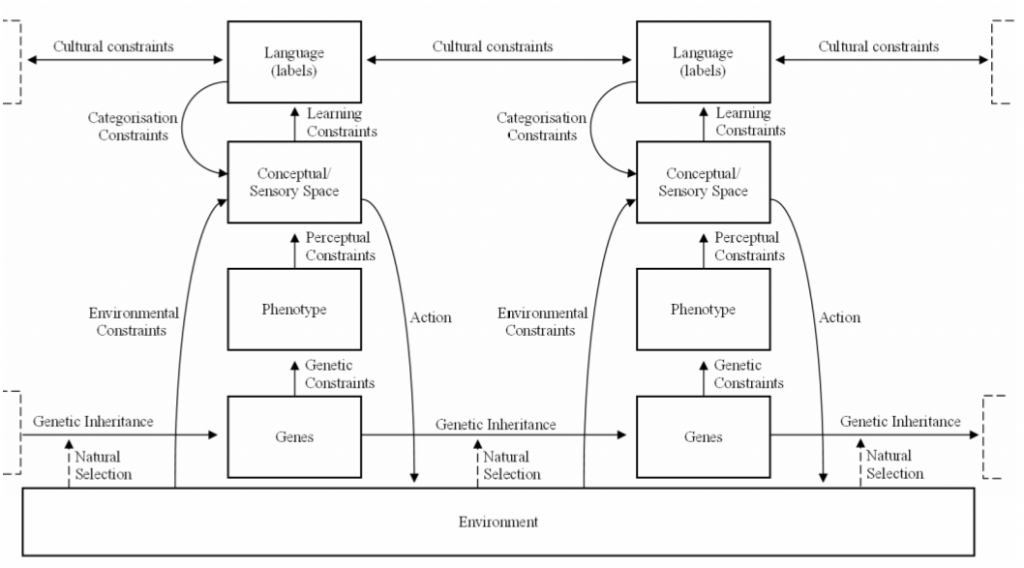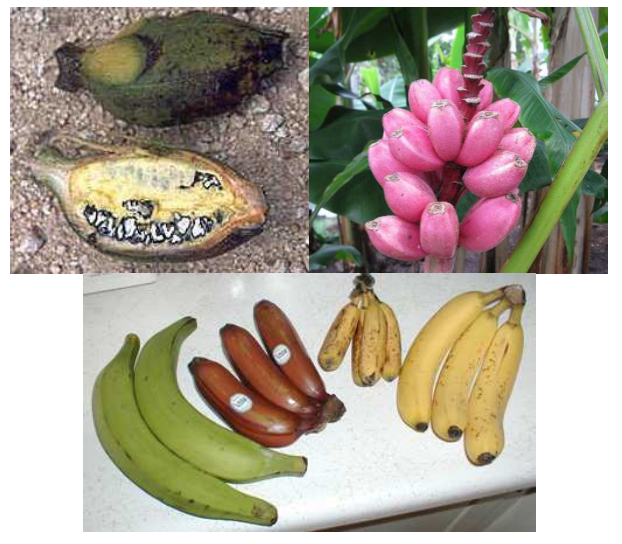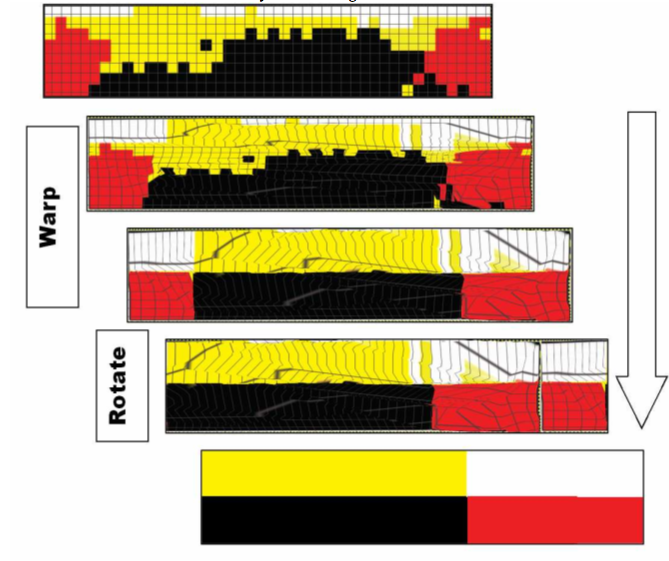An Essay in Cognitive Rhetoric
I want to step back from the main thread of discussion and look at something else: the discussion itself. Or, at any rate, at Dennett’s side of the argument. I’m interested in how he thinks and, by extension, in how conventional meme theorists think.
And so we must ask: Just how does thinking work, anyhow? What is the language of thought? Complicated matters indeed. For better or worse, I’m going to have to make it quick and dirty.
Embodied Cognition
In one approach the mind’s basic idiom is some form of logical calculus, so-called mentalese. While some aspects of thought may be like that, I do not think it is basic. I favor a view called embodied cognition:
Cognition is embodied when it is deeply dependent upon features of the physical body of an agent, that is, when aspects of the agent’s body beyond the brain play a significant causal or physically constitutive role in cognitive processing.
In general, dominant views in the philosophy of mind and cognitive science have considered the body as peripheral to understanding the nature of mind and cognition. Proponents of embodied cognitive science view this as a serious mistake. Sometimes the nature of the dependence of cognition on the body is quite unexpected, and suggests new ways of conceptualizing and exploring the mechanics of cognitive processing.
One aspect of cognition is that we think in image schemas, simple prelinguistic structures of experience. One such image schema is that of a container: Things can be in a container, or outside a container; something can move from one container to another; it is even possible for one container to contain another.
Memes in Containers
The container scheme seems fundamental to Dennett’s thought about cultural evolution. He sees memes as little things that are contained in a larger thing, the brain; and these little things, these memes, move from one brain to another.
This much is evident on the most superficial reading of what he says, e.g. “such classic memes as songs, poems and recipes depended on their winning the competition for residence in human brains” (from New Replicators, The). While the notion of residence may be somewhat metaphorical, the locating of memes IN brains is not; it is literal.
What I’m suggesting is that this containment is more than just a contingent fact about memes. That would suggest that Dennett has, on the one hand, arrived at some concept of memes and, on the other hand, observed that those memes just happen to exist in brains. Yes, somewhere Over There we have this notion of memes as the genetic element of culture; that’s what memes do. But Dennett didn’t first examine cultural process to see how they work. As I will argue below, like Dawkins he adopted the notion by analogy with biology and, along with it, the physical relationship between genes and organisms. The container schema is thus foundational to the meme concept and dictates Dennett’s treatment of examples.
The rather different conception of memes that I have been arguing in these notes is simply unthinkable in those terms. If memes are (culturally active) properties of objects and processes in the external world, then they simply cannot be contained in brains. A thought process based on the container schema cannot deal with memes as I have been conceiving them. Continue reading “Turtles All the Way Down: How Dennett Thinks”




